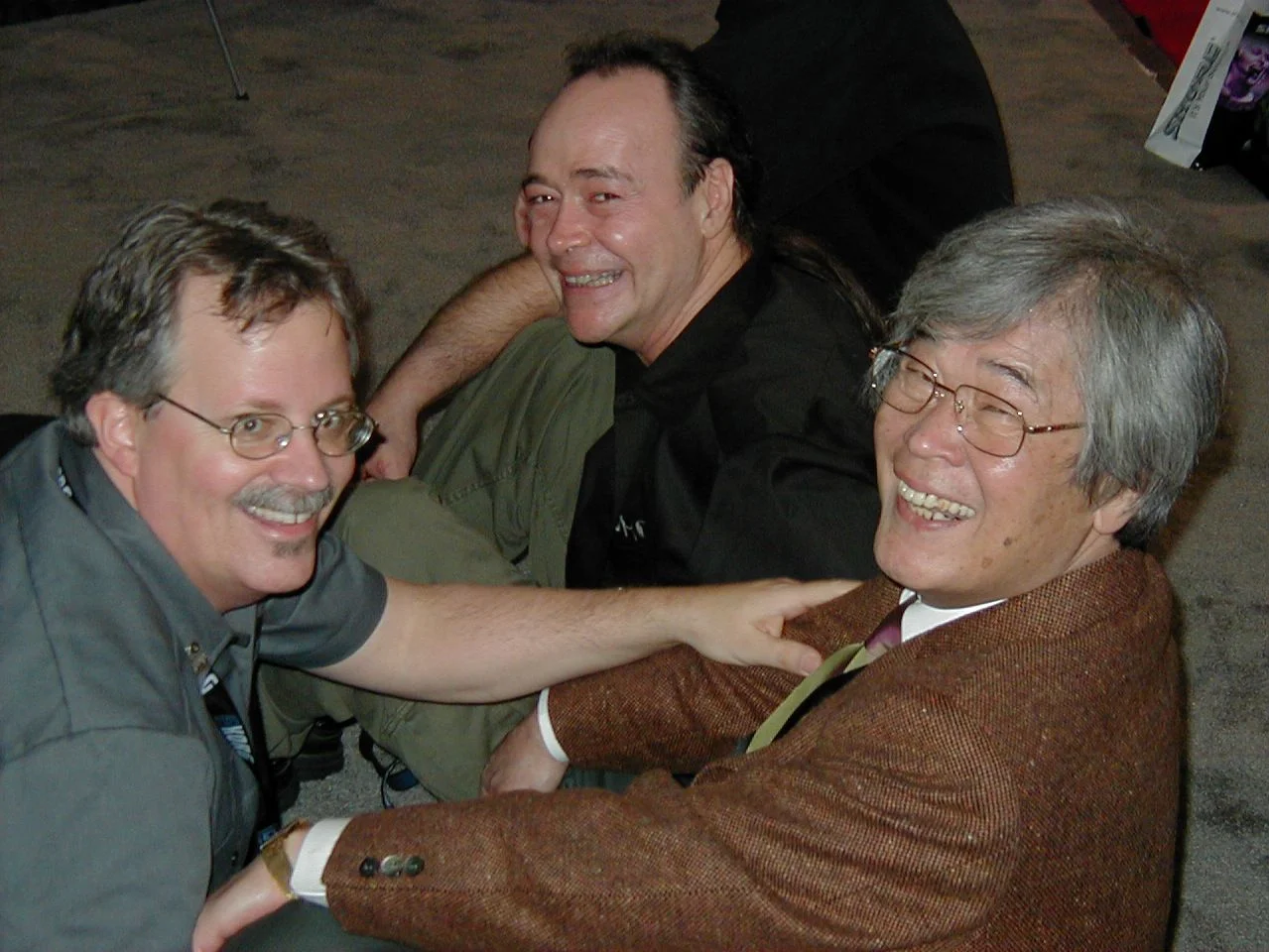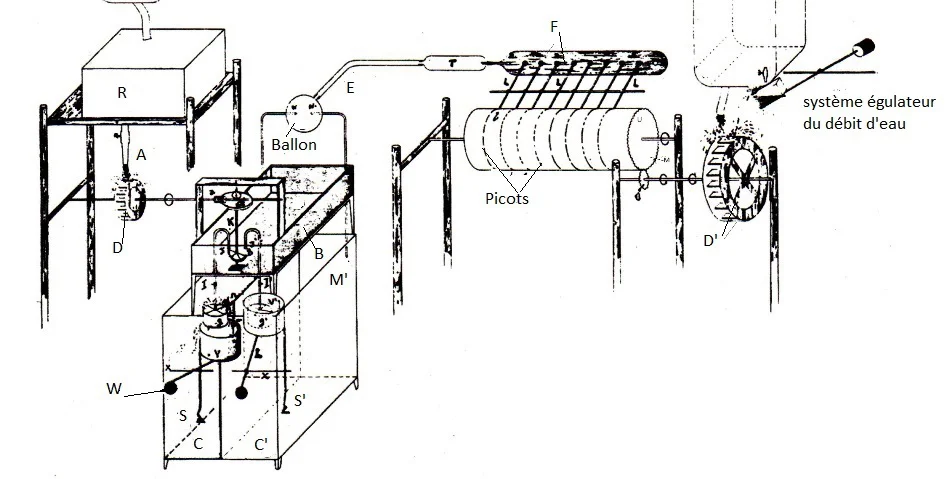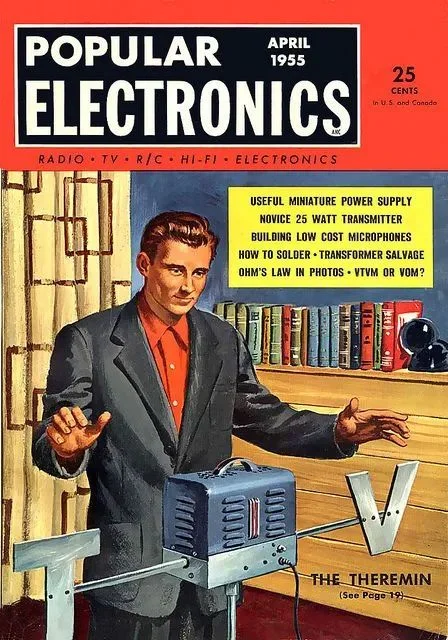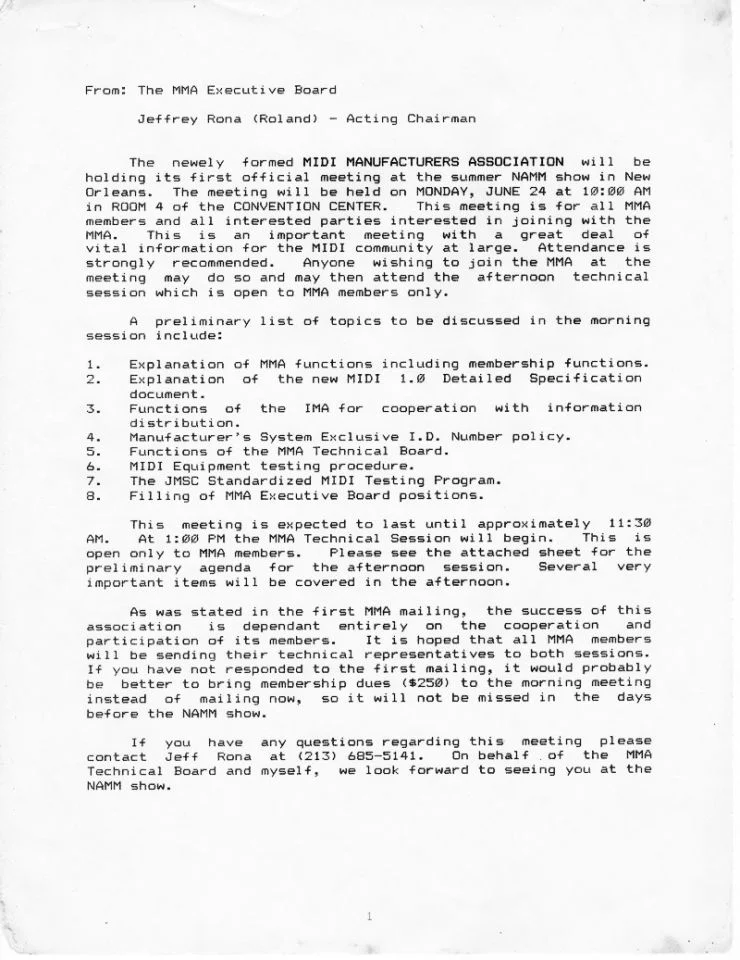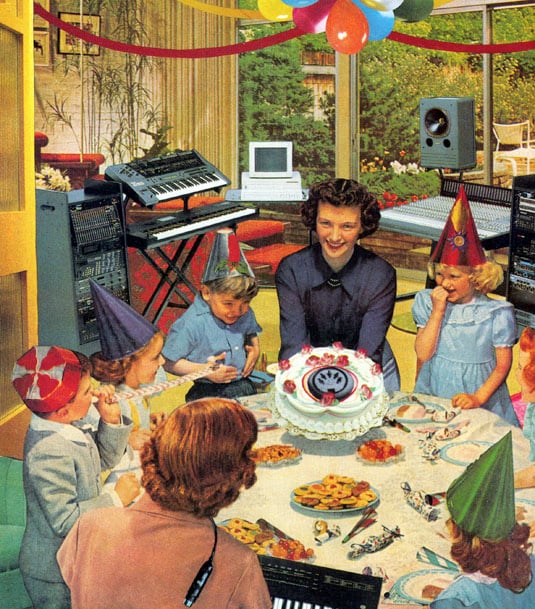The History of MIDI Collection

The History Of MIDI
We put together a series of articles about the history of electronic music and MIDI. Here are links to the series.
The History of MIDI from 850 AD to the present
MIDI History:Chapter 1- 850 AD to 1850 AD –

MIDI History:Chapter 2-Player Pianos 1850-1930 –

History Of MIDI:Chapter 3-Orchestrions 1900-2015 –
MIDI History:Chapter 4-Synths Come of Age 1900-1963 –
The first electronic musical instruments As electricity became more widely available, the early 20th century saw the invention of electronic musical instruments including the Telharmonium, Trautonium, Ondes Martenot, the Theremin , the Hammond organ and the RCA “Victor” Mark I and II.

The History of MIDI -Chapter 5-Precursors to MIDI –

MIDI History Chapter 6-MIDI Begins 1981-1983 –
MIDI History Chapter 7- MIDI Associations (1983-1985)
In Chapter 6 of the History of MIDI, we left off with the demonstration of MIDI at the 1983 NAMM show.
John Bowen, head of sound design for Sequential had recounted that he had been busy finishing the presets for the Prophet 600 and that although Sequential had tested the Prophet 600’s MIDI connecting to another Prophet 600, they really had no idea if it would work when they connected it to the Roland Jupiter 6. But it did and everybody was pretty amazed.
We also documented that at the time there were only 5 companies working on MIDI- Sequential Circuits, Kawai, Korg, Roland and Yamaha. That is pretty easy to confirm because here are the SysEx IDs in the Prophet 600 manual from December of 1982.

Historical Early MIDI Documents Uncovered –
We also uncovered two issues of the IMA bulletin- one from June 1985 and another from June 1987.
MIDI From The Inside –
Craig Anderton’s Brief History Of MIDI
The Founders Of Modern Music Production

Bob Moog- The Father of Modern Synthesis –
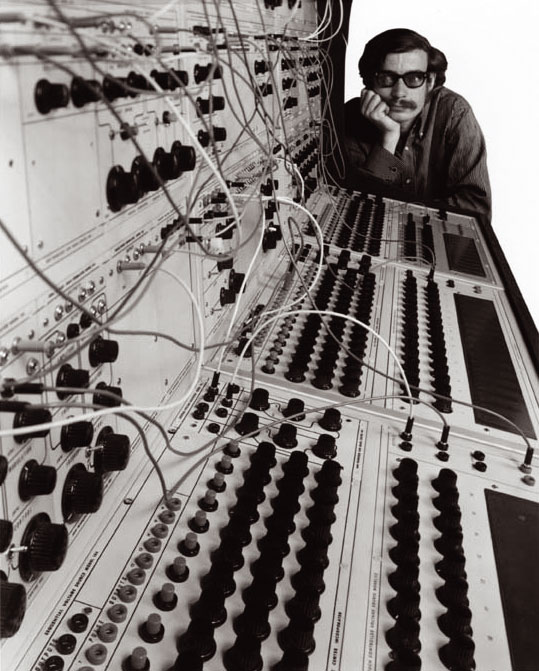
Don Buchla-a different approach to sound and life –
Alan R Pearlman and ARP Synthesizers –
Ikutaro Kakehashi, the driving force behind MIDI –
Dave Rossum, EMU, and Rossum Electro –
Tom Oberheim and Oberheim Electronics –
Tom Oberheim was born in Manhattan, Kansas in 1936.
In junior high school, he started building HiFi amplifiers for friends probably based on the same articles in Popular Mechanics that his contemporaries Bob Moog (1934) and Don Buchla (1937) were reading.
He was also listening to a lot of Jazz music and when he read an ad in Downbeat Magazine about an LA jazz club you could get into at no charge, he made the decision to save enough money to go to LA.
He arrived in LA in July of 1956 with $10 in his pocket.

Roger Linn and Roger Linn Design –

Dave Smith and Sequential Circuits –
Dave Smith was born in San Francisco in 1950 and like Dave Rossum grew up in the Bay Area in the 1950s.
He took piano lessons as a child and started playing bass and guitar in rock bands in high school because it was after all the 1960s in San Francisco.
When the record Switched on Bach came out in 1968, Dave bought a copy of the record and was intrigued by the sounds coming from the Moog modular synth.
Just like Don Buchla 10 years earlier, he went to college at the University of California, Berkeley where he earned a degree in computer science and electrical engineering.
One of his college projects was a very primitive program to write music on a printer plotter.
After graduating he got a job in the Aerospace industry.
